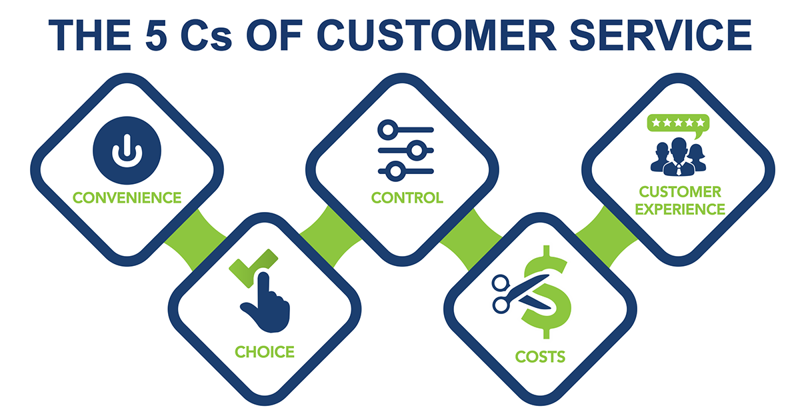UPS’ CIO stressed the three “C”s at Modex 2018: Convenience, Choice, and Control. But we think there are two other critical “C”s if shippers want to stay a player in the eCommerce game.
UPS CIO Juan Perez’s keynote address at Modex 2018 got us thinking about a lot of things. First, it reminded us just how large the organization is — 454,000 employees, 100,000 vehicles, and 500 airplanes spread out over 220 countries and territories, moving 19 million packages per day — 34 million during the Christmas shipping season.
To do all of that, to stay competitive, “it requires more tech than ever before,” said Perez.
Perez’s presentation focused on how to better serve customers through tech disruption, but what was particularly powerful to our ears was his concept of the three “C”s: Convenience, Choice, and Control. In the age of eCommerce, it’s those three pillars that will keep customers engaged, happy, and coming back, he said.
According to Perez, today’s consumers want to be able to have the convenience of package tracking and easy returns. Consumers want to be able to have the choice of different carrier services and control over how their goods are delivered.
Good stuff, to be sure, but we think that for shippers, there are two other critical “C”s to stay competitive — Cost and Customer Experience.
Cost and the usual suspects
First, let’s talk Cost, which is increasingly becoming a factor for the usual reasons we cite here in our little corner of the Internet: parcel shipping rates are increasing at 2x that of inflation, global eCommerce volumes are impacting parcel trucking capacity (supply and demand), parcel spend is growing at 10x rate of all other freight modes, and there are more accessorial fees than ever, like dimensional weight rating.
Even as cost is increasing, Amazon is giving shipping away for free, which is impacting eCommerce merchant profitability as they try to keep up with customers’ evolving expectations. And they are offering more premium delivery services — same-day, weekend, 2-day, yesterday (assuming Amazon has a patent on a time machine … which is a safe assumption, because, wow, do they love patents).
Obviously, shippers need to control shipping costs now more than ever to protect their bottom line. But with Amazon offering more priority services for free, like same-day shipping, shippers can’t allow cost to undermine how their brand is perceived. They will be challenged to strike the right balance between the cost and quality of delivery — especially with the emergence of new crowdsourced delivery services.
Last-inch, white-glove delivery and watching out for cats
Which brings us to the next “C” — Customer Experience. Yes, Perez’s “C”s all feed into customer experience as a whole, but here we’re specifically talking about the quality of the delivery experience — not so much the last-mile, but rather, the last inch. Think store to door, threshold delivery, room-of-choice, white glove service, and white glove assembly.
We’ve written about this before, but it’s worth repeating: Almost every large LTL trucking company has a division specializing in last-mile, “white glove” service. XPO Logistics handles more than 12 million last-mile deliveries annually of items like furniture, refrigerators, ovens, treadmills, and computers. It credits its success to a network of more than 5,000 contract carriers.
But here’s the thing: Can you really trust gig economy drivers to represent your brand as reliably as FedEx and UPS have for years? More often than not, these are new companies, and one only needs to look to the slew of negative headlines that began to bury Uber last year. They are startups. Newcomers. What happens to customer loyalty when part-time delivery drivers are rude or have a disheveled appearance, or drop a fridge on Mittens, your customer’s prized British shorthair cat?
Nothing good, that’s what.
Still, this is a premium service, which means a premium price. Naturally, dollars and time will have to be invested to ensure those last-inch delivery drivers are on their best customer service behavior — here again, is that balance between Cost and Customer Experience — but it could be the area that differentiates your brand.
It may take a bit more work than the typical ABCs of business, but by focusing on the five “C”s, you have a better chance of remaining competitive in the ever-changing world of eCommerce.
And if you have 46 minutes and six seconds to spare, Perez’s keynote is well worth the watch.
